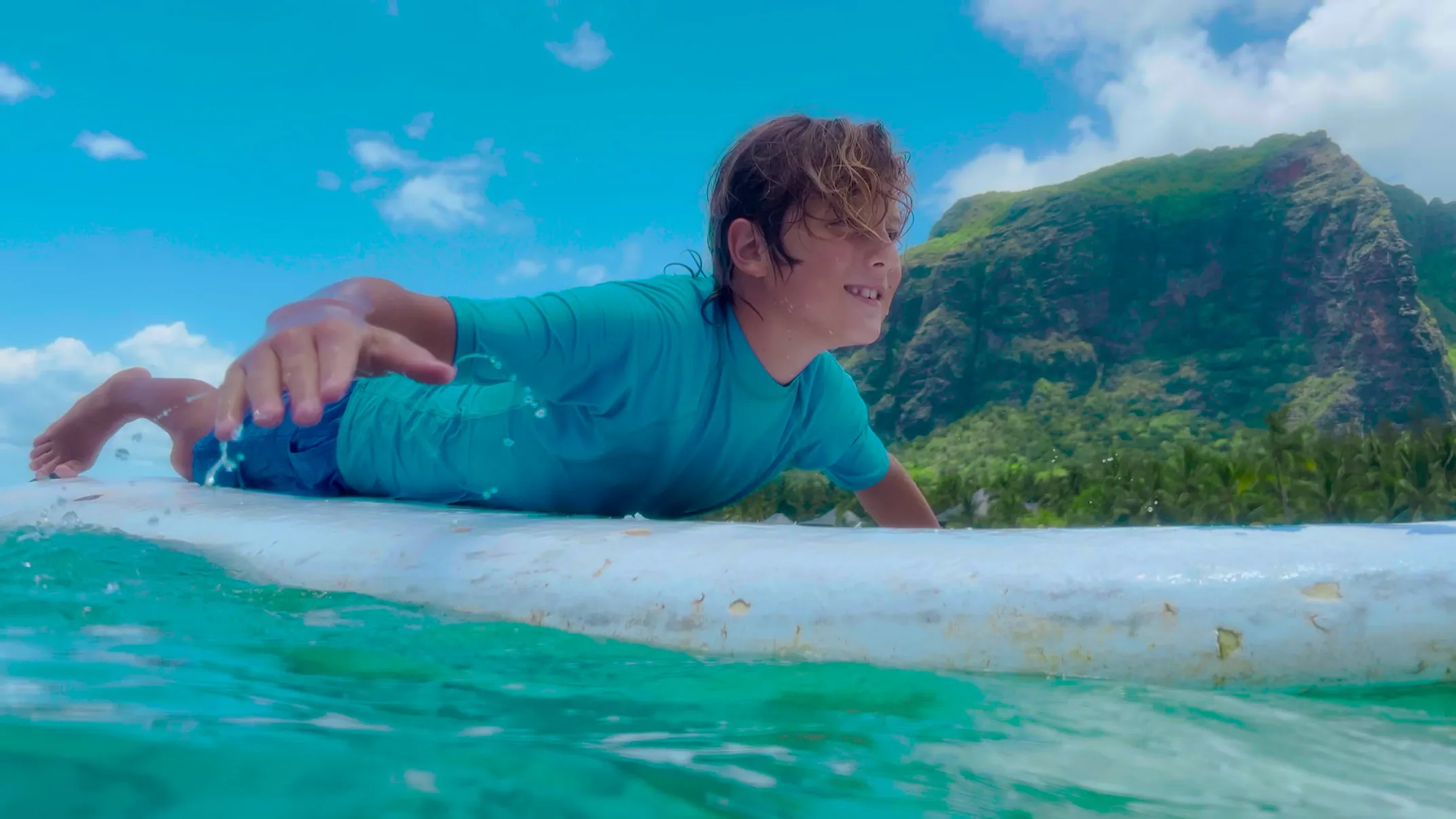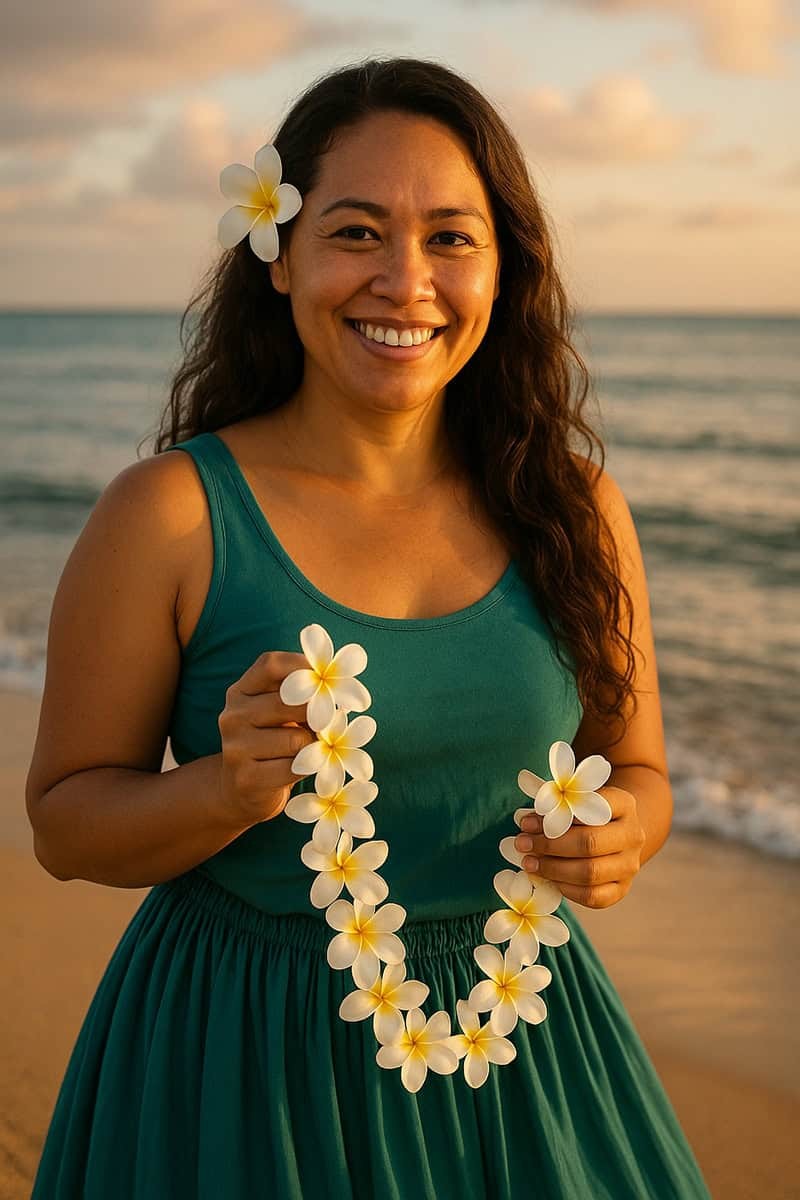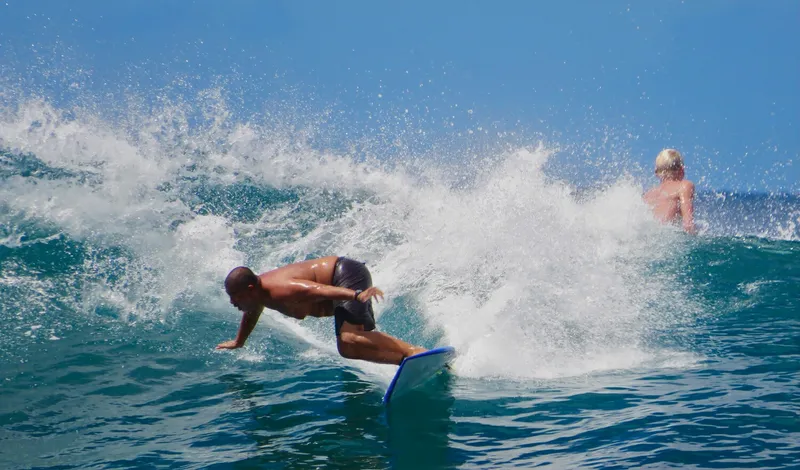

Surfing Beyond Oʻahu
Maui, Kauaʻi & Big Island's Hidden Wave Gems

Written by a Local Surf Expert
Leilani AkoMaui: A Blend of Epic Waves and Mellow Charm
Nicknamed the "Valley Isle," Maui offers a diverse surfing experience that lies somewhere between Oʻahu's intensity and Kauaʻi's tranquility. Maui has its share of world-class breaks that draw pros, but it also boasts plenty of user-friendly spots and a generally more relaxed vibe in the water compared to Oʻahu's hot spots.
Maui's most notorious wave is Peʻahi, better known as "Jaws." This break on the north shore can reach 40-50+ feet faces in winter, becoming liquid mountains that thunder down with terrifying power. For most of us, Jaws is a spectator experience from the clifftop Peʻahi Overlook. West Maui features Honolua Bay, one of the world's best right-hand point breaks when winter northerly swells wrap into the bay.
"Honolua Bay is known for its beautiful setting – lush cliffs and crystal-clear water where you might surf over tropical fish – and its high quality." On a classic day, expect long, glassy right-hand walls that can barrel and reel for hundreds of yards.

Kauaʻi: Raw Beauty and Surf for All Levels
Known as the "Garden Isle" for its lush landscapes, Kauaʻi quietly offers scenic, high-quality waves minus some of the crowds. The crown jewel is Hanalei Bay on the north shore. This large, semicircular bay offers variety – in winter, it can get big and powerful with long right-hand waves for experienced surfers, while mellower inside areas are perfect for beginners when swells are moderate.
Kauaʻi's south shore around Poʻipū is prime in summer months with pleasant waves usually in the waist-to-chest high zone. The surf community is tight-knit, and localism can be a factor at certain breaks, but respect and courtesy will often warm up the locals who may even share a set wave or offer pointers.
🌊 Maui Highlights
Honolua Bay for world-class rights, Jaws for big-wave spectating, and Lahaina area for beginner-friendly longboarding in summer. More dispersed scene than Oʻahu.
🌿 Kauaʻi Charm
Hanalei Bay's versatility with spots for all levels, scenic mountain backdrops, and a strong local surf community. Less crowded with high-quality waves.
Explore Island Hopping?
Each island has its surf personality. Consider visiting multiple islands to get the full spectrum of Hawaiian surfing experiences.
Get Planning Tips🏝️ Island Comparison
- Maui: Quality + Variety
- Kauaʻi: Scenic + Uncrowded
- Big Island: Undiscovered Gems
- Best for: Island hoppers
🎒 What to Bring
- Closed-toe shoes
- Sunscreen & water
- Change of clothes
- Camera (optional)
🔗 Explore Hawaii Surfing
📧 Stay Updated
Get the latest Hawaii adventure tips and exclusive deals.
Big Island (Hawaiʻi Island): Off-the-Beaten-Path Surfing
The Big Island is the largest island but the youngest geologically, meaning its lava coastlines are newer and have fewer coral reefs that make for classic surf breaks. As a result, it's less famed for surfing than the other main isles, but that doesn't mean there's no surf! For travelers who end up on Hawaiʻi Island, there are indeed waves to be found and fun sessions to be had. The bonus is you'll often find uncrowded lineups.
☀️ Kona (West Coast)
The Big Island's primary surf zone. Sheltered from trade winds with glassy morning conditions. Banyans offers hollow, fast waves; Honl's is mellower for longboarding.
Best for: All levels (spot dependent)
🌊 Hilo & Puna (East Coast)
Year-round trade-wind swell with Honoliʻi as the most well-known spot – a consistent river-mouth break with several peaks. Often glassy only early before winds pick up.
Best for: Intermediate surfers
🌋 Island Hopping Tips
If you have time, consider visiting multiple islands to get the full spectrum. Combine Oʻahu (for the classic North Shore pilgrimage) with Maui (for a shot at Honolua or to watch Jaws) or Kauaʻi (for a quieter, lush paradise vibe).
Pro Tip: The Big Island's surf crowd is smaller and everyone kind of knows each other. They are generally friendly, but come with respect. Be prepared for sharp lava rock entries/exits on some breaks.

